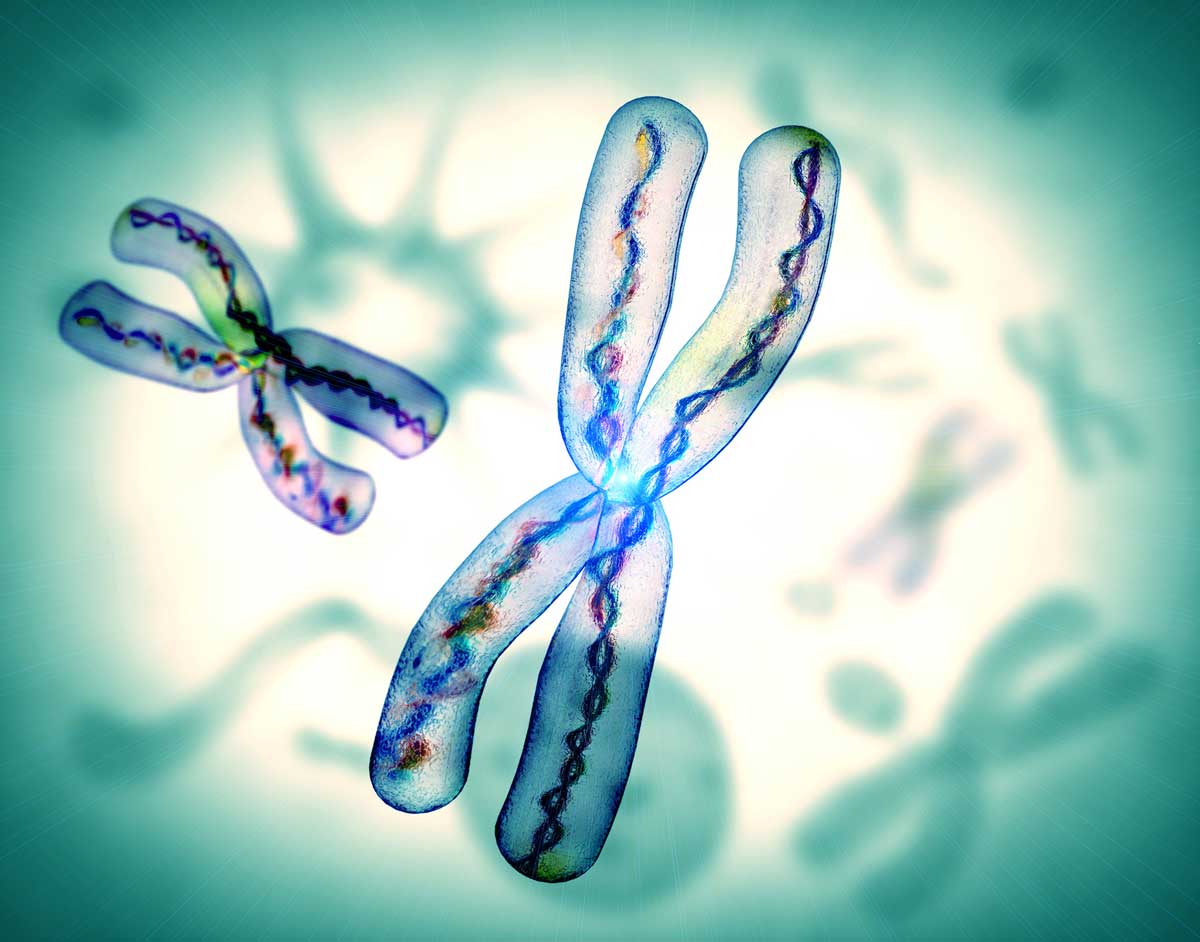The first meta-analysis of preimplantation genetic screening (PGS) in good prognosis patients offers exciting results

Understanding genetic screening effectiveness
Each scientific study can be conducted differently and include different types of patients. Some studies are small and so the result could just be a fluke occurrence. So doctors will often rely on a meta-analysis in these situations.
A meta-analysis combines several smaller studies together, so that we may get a better idea of whether a given intervention will actually help a patient. Whenever new technology is introduced into a field of medicine, you often see small studies appear, then meta-analyses, and then ultimately there may be a large randomized clinical study.
Preimplantation genetic screening (PGS) is a technology that was introduced into the field of fertility over a decade ago. Due to advancements in growing and testing embryos in the laboratory, PGS is still a treatment option that is under scrutiny to determine if it is actually helping patients.
Thus the excitement when the first meta-analysis of PGS was published. In this meta-analysis of good prognosis patients undergoing in vitro fertilization (IVF) with PGS using comprehensive chromosome testing, a real benefit was seen in implantation rate and in ongoing pregnancy rate.
Results of the meta-analysis of PGS studies
Out of the 763 studies that have been published on PGS to date, there were only three studies that were able to be included in the analysis. This is because only three were randomized and controlled, used a day 5 or day 6 biopsy, tested all chromosomes and evaluated implantation rate and the on-going pregnancy rate.
A benefit was seen in implantation rate and in ongoing pregnancy rate in the first meta-analysis of good prognosis patients undergoing IVF with preimplantation genetic screening using comprehensive chromosome testing.
Dahdouh et al. summarized the studies by Yang 2012, Forman 2013, and Scott 2013. Analyzed together they showed a risk ratio of 1.29 (95 percent CI 1.15-1.45) for implantation rate and 1.39 (95 percent CI 1.21-1.60) for on-going pregnancy past 20 weeks. This translates into a 15-45 percent increase in success for implantation per embryo and 21-60 percent increase in success for ongoing pregnancy.
Is PGS worth the cost of $5,000?
So the remaining question for good prognosis patients is whether the increased time and cost of PGS is worth the improved implantation rates. In general, PGS will add one month to your treatment time, and costs approximately $5,000 more. However, it may help you avoid a miscarriage or a negative pregnancy test.
PGS will not make better embryos. It only allows physicians to sort embryos preferentially, allowing for transfer of the healthier ones first.
Ultimately, this is a decision you and your doctor can make together. As we get more and more data from randomized studies, we are better able to counsel patients and help them chose the best treatment plan.

Breaking Barriers, Building Families
Since 1983, we have pioneered fertility treatment for every kind of family. We want to help you achieve your dream of having a baby.
Request appointment